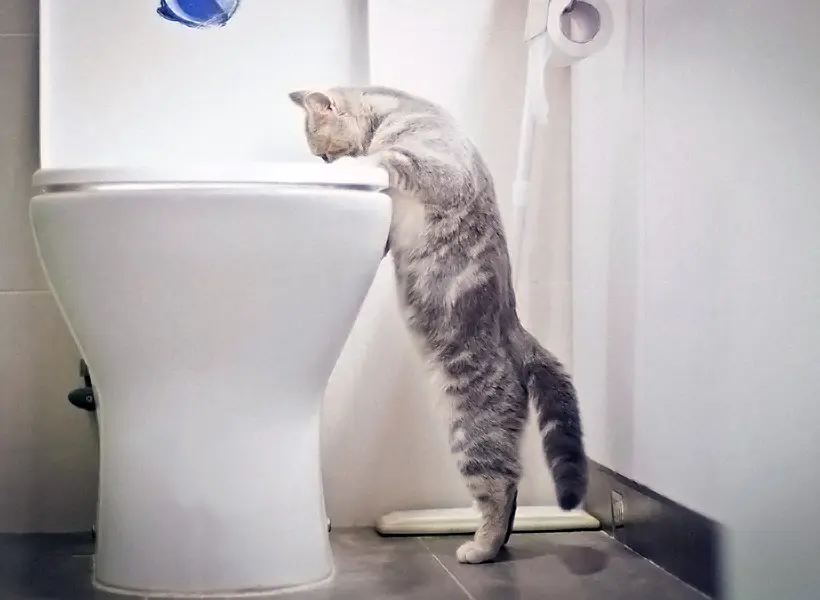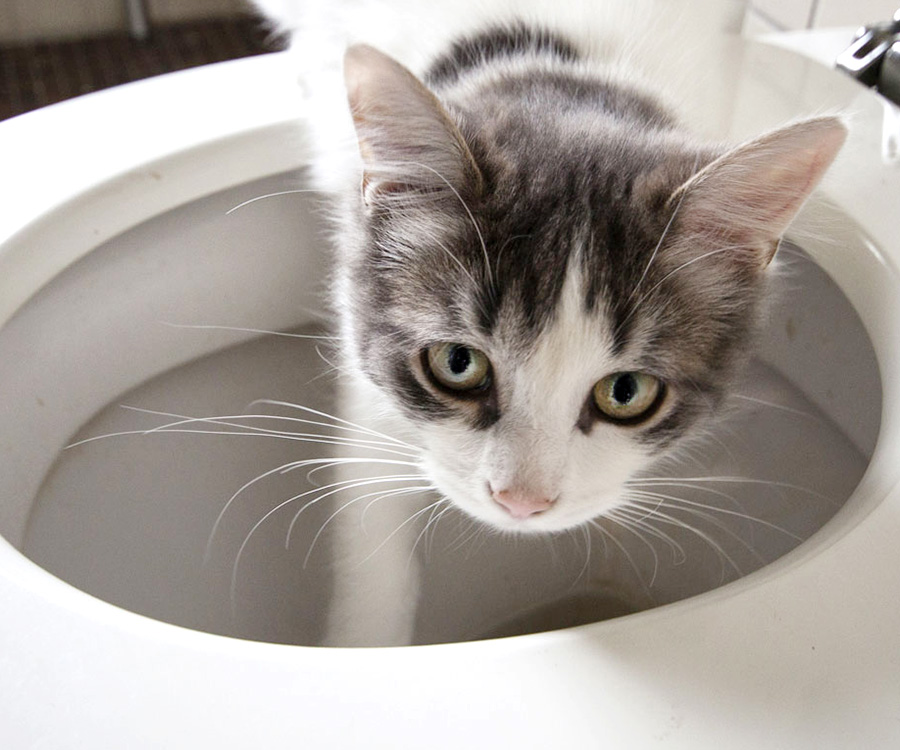Avoid Clogs and Damage: Don't Flush Cat Poop Down Your Toilet - Professional Recommendations
Avoid Clogs and Damage: Don't Flush Cat Poop Down Your Toilet - Professional Recommendations
Blog Article
Right here in the next paragraph you will find lots of dependable points in relation to Don’t flush cat feces down the toilet.

Introduction
As feline proprietors, it's important to bear in mind how we deal with our feline pals' waste. While it may seem hassle-free to purge pet cat poop down the commode, this practice can have harmful consequences for both the atmosphere and human health and wellness.
Environmental Impact
Flushing cat poop introduces unsafe virus and parasites into the supply of water, presenting a substantial threat to aquatic communities. These contaminants can negatively affect aquatic life and compromise water quality.
Health Risks
In addition to ecological worries, flushing cat waste can also posture wellness threats to people. Feline feces may have Toxoplasma gondii, a bloodsucker that can cause toxoplasmosis-- a possibly severe ailment, specifically for expecting ladies and people with weakened body immune systems.
Alternatives to Flushing
Luckily, there are much safer and much more responsible means to take care of feline poop. Take into consideration the adhering to choices:
1. Scoop and Dispose in Trash
The most common approach of taking care of feline poop is to scoop it into an eco-friendly bag and toss it in the trash. Make certain to utilize a dedicated clutter scoop and deal with the waste without delay.
2. Usage Biodegradable Litter
Opt for eco-friendly feline litter made from products such as corn or wheat. These litters are eco-friendly and can be securely disposed of in the garbage.
3. Bury in the Yard
If you have a backyard, think about hiding cat waste in a marked area far from vegetable yards and water sources. Make sure to dig deep enough to prevent contamination of groundwater.
4. Set Up a Pet Waste Disposal System
Invest in an animal waste disposal system especially designed for feline waste. These systems make use of enzymes to break down the waste, minimizing smell and environmental effect.
Verdict
Accountable pet dog ownership prolongs past giving food and shelter-- it likewise includes appropriate waste management. By refraining from flushing pet cat poop down the toilet and choosing different disposal methods, we can reduce our ecological impact and secure human wellness.
Why Can’t I Flush Cat Poop?
It Spreads a Parasite
Cats are frequently infected with a parasite called toxoplasma gondii. The parasite causes an infection called toxoplasmosis. It is usually harmless to cats. The parasite only uses cat poop as a host for its eggs. Otherwise, the cat’s immune system usually keeps the infection at low enough levels to maintain its own health. But it does not stop the develop of eggs. These eggs are tiny and surprisingly tough. They may survive for a year before they begin to grow. But that’s the problem.
Our wastewater system is not designed to deal with toxoplasmosis eggs. Instead, most eggs will flush from your toilet into sewers and wastewater management plants. After the sewage is treated for many other harmful things in it, it is typically released into local rivers, lakes, or oceans. Here, the toxoplasmosis eggs can find new hosts, including starfish, crabs, otters, and many other wildlife. For many, this is a significant risk to their health. Toxoplasmosis can also end up infecting water sources that are important for agriculture, which means our deer, pigs, and sheep can get infected too.
Is There Risk to Humans?
There can be a risk to human life from flushing cat poop down the toilet. If you do so, the parasites from your cat’s poop can end up in shellfish, game animals, or livestock. If this meat is then served raw or undercooked, the people who eat it can get sick.
In fact, according to the CDC, 40 million people in the United States are infected with toxoplasma gondii. They get it from exposure to infected seafood, or from some kind of cat poop contamination, like drinking from a stream that is contaminated or touching anything that has come into contact with cat poop. That includes just cleaning a cat litter box.
Most people who get infected with these parasites will not develop any symptoms. However, for pregnant women or for those with compromised immune systems, the parasite can cause severe health problems.
How to Handle Cat Poop
The best way to handle cat poop is actually to clean the box more often. The eggs that the parasite sheds will not become active until one to five days after the cat poops. That means that if you clean daily, you’re much less likely to come into direct contact with infectious eggs.
That said, always dispose of cat poop in the garbage and not down the toilet. Wash your hands before and after you clean the litter box, and bring the bag of poop right outside to your garbage bins.
https://trenchlesssolutionsusa.com/why-cant-i-flush-cat-poop/

I hope you enjoyed reading our post about How to Dispose of Cat Poop and Litter Without Plastic Bags. Thank you so much for taking time to read through our article post. If you enjoyed our blog posting plz remember to pass it around. Bless you for your time. Visit again soon.
Call Today Report this page